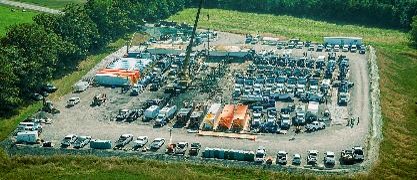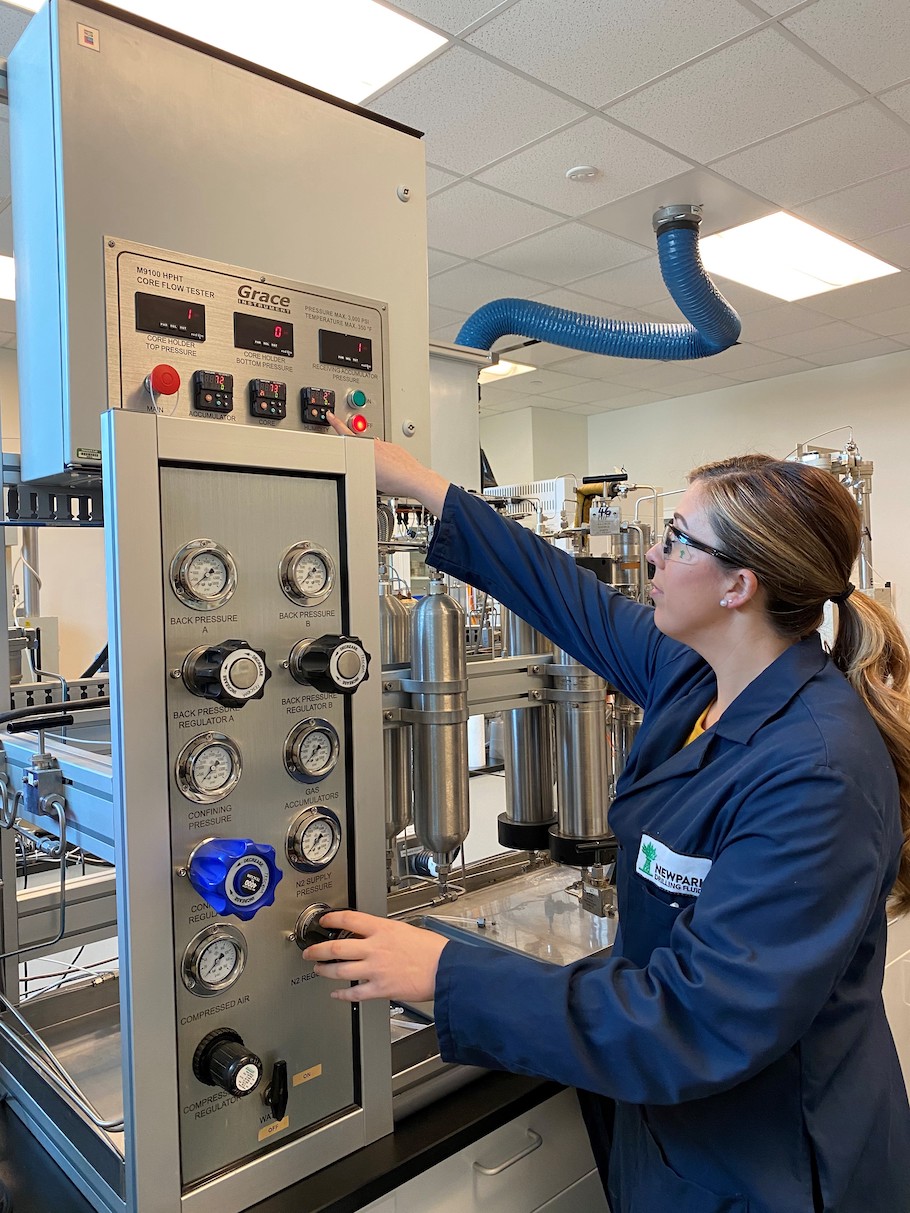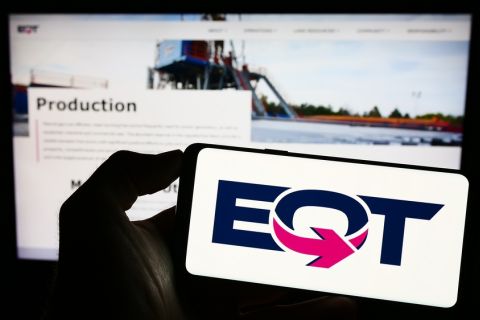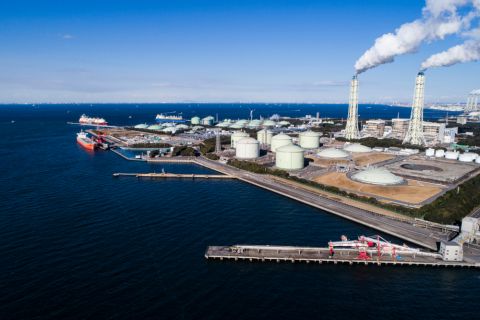Learn more about Hart Energy Conferences
Get our latest conference schedules, updates and insights straight to your inbox.
Presented by:

Editor's note: This article appears in the new E&P newsletter. Subscribe to the E&P newsletter here.
The oil and gas industry has changed substantially in the last two decades. With the introduction of directional drilling and innovations in hydraulic fracturing techniques, the ability to efficiently produce hydrocarbons from unconventional shale rock has become a reality that has extended the recoverable reserves attainable by the industry by at least another 50 years.
One of the major differences between producing hydrocarbons from conventional reservoirs versus unconventional shale reservoirs is the need to break the rock open to create flow paths for the hydrocarbons to flow into the drilled well. Without this fracturing of the reservoir rock, there would be no production from these formations. Up until about 20 years ago, shale rock was considered to be “capping rock” for conventional reservoirs, so no one would have guessed that the industry would be able to efficiently produce the hydrocarbon reserves trapped inside.

The process of hydraulically fracturing shale rock involves pumping large amounts of water at a high rate and pressure to create and propagate cracks or fractures in the rock, while simultaneously filling these cracks with sand or proppant to keep the fractures open for long-term production.
For example, until about five years ago, a large unconventional shale well in West Texas would have required about 10 MMgal of water to place 30 sets of fractures (i.e., stages) along the horizontal wellbore. That amount of water is equivalent to the amount needed to fill about 15 Olympic-sized swimming pools. Today, many shale wells in the Delaware Basin in New Mexico use about 20 MMgal of water to fracture each well.
The amount of water used to support the completion of U.S. shale wells is astronomical. Thus far, most of the water being used is freshwater taken from rivers, lakes and shallow-water aquifers.
This approach is obviously not sustainable. But why has the industry been using freshwater for these applications as opposed to salty produced water? The reason is that most of the standard chemistry used for hydraulic fracturing is incompatible with these salty produced brines. These incompatibilities can limit pumping efficiency during the fracturing process as well as potentially promoting damage mechanism that would impede production and as a result the financial viability of the well.
The main chemical used to facilitate the high-pumping rates for the water during hydraulic fracturing is called a friction reducer (FR), and its purpose is to reduce the pressure that builds up while trying to pump large volumes of water at a high rate through a relatively small pipe. It does that job by reducing frictional forces that develop along the pipe wall during the high-rate pumping.
The standard FRs in the market are not designed to be compatible with salty brines because they were created for the treatment of potable water. For the most part, the design of these chemicals has not changed because of retooling cost at the manufacturing plants to make different molecules in such high volumes. When these chemicals based upon older designs are injected into salty brine, they can cause incompatibility challenges. These incompatibility issues can result in equipment plugging on surface during the job, inability to achieve pump rates as designed and/or extremely high-pumping pressures that flirt with the maximum allowable for the safe operation of the pumping equipment.
Stimulation fluid systems
When Newpark was considering a way to differentiate its stimulation fluids product line in the U.S. market, one approach was to develop fluid systems that would allow the industry to utilize saltier, produced water for fracking without any operational problems.
In addition to addressing this environmental challenge on U.S. land, this approach would also find applicability to the future growth of unconventional shale fracturing in areas where freshwater is a scarce or expensive commodity, such as in the Middle East and Africa. If these designs could be completed, these FRs should be able to function efficiently in seawater, which is also more readily available in some of these regions.
Besides the technical performance targets, the ability to successfully achieve these features would also help to accomplish another goal—to assist customers in improving their ESG score. The ability to use more recycled brine in fracturing operations as opposed to large volumes of freshwater allows E&P customers to lower the environmental impact of their operations and help achieve improvement to their ESG profile.
Case study
After a year and a half of development and conducting field trials with customers in the U.S. in fourth-quarter 2020, Newpark was awarded its first set of consistent back-to-back fracturing jobs using its brine tolerant FR technology in West Texas.
This project had two goals:
- Provide efficient friction reduction to operations while using higher percentages of salty brine to complete fracturing of wells in the Permian Basin; and
- Carry a high loading of proppant by being able to build viscosity in the brine.
As of today, due to the lack of formal regulations governing freshwater use in fracturing, only New Mexico’s Delaware Basin operations use 100% salty brine, although many customers are constantly trying to use higher percentages of brine and lessen their dependence on freshwater.

Brine-tolerant high-viscosity FRs
Some of Newpark’s Transition brine-tolerant high-viscosity FRs (HVFRs) are engineered to work in brines with salt content upward of 300,000 ppm total dissolved solids, which is about 7.5 times saltier that typical seawater.
In addition to their ability to control pumping pressures when using salty brine for fracturing, they are also engineered to carry higher concentrations of proppant into the fractures created, allowing customers to prop their fractures open to a greater degree, which in turn gives a higher rate of hydrocarbon production from these wells.
Newpark has since completed another 99-stage pad with a major pressure pumping company that not only ran high percentages of produced water and high-proppant loadings in their design but also pumped at rates up to 150 bbl/min using Newpark's Transition HVFRs.
Those successes coupled with the fact that some of the products within the Transition series are also engineered to be self-breaking, giving high fracture regain conductivity, has resulted in approval with one of the largest pressure pumpers on U.S. land.
Jobs completed so far using Transition HVFRs are producing at higher than expected rates according to Newpark customers and in some cases up to twice the predicted rates. Market penetration in the U.S. is improving for Newpark's brine-tolerant HVFRs, and all indications are that this could be just the start, as hydraulic fracturing of unconventional shale plays expand throughout the globe.
RELATED CONTENT:
May 28, 2021: Sustainable Intelligent Chemistry from UPP Enhances Completion Efficiency
March 25, 2021: ProPetro Taps New Modified Acid Tech for Hydraulic Fracturing Operations in Permian Basin
Jan. 26, 2021: Hydraulic Fracturing Technology Showcase
Recommended Reading
US Drew New No. 3 Record 326 Bcf From Storage in Winter Storm Heather
2024-01-25 - The draw wiped out nearly all the year-over-year excess natural gas in storage, according to U.S. Energy Information Administration data.
EQT Cuts 1 Bcf/d of NatGas Production
2024-03-04 - Curtailments are expected to total approximately 30 Bcf to 40 Bcf in the first quarter.
Sempra Targets Summer 2025 for Commercial Start of ECA LNG Phase 1
2024-03-06 - Sempra is targeting the summer of 2025 as the commercial operations date for its 3.25 mtpa (0.43 Bcf/d) nameplate capacity Energía Costa Azul LNG Phase 1 project, located in Ensenada in Baja California, Mexico.
Freeport LNG Down One Train After Texas Freeze
2024-01-29 - Freeport LNG’s 15 mtpa three-train export facility on the Texas Gulf Coast will be without its Train 3 for at least one month, due to an electrical issue during the recent Texas freeze.
US NatGas Futures Hit Over 2-week Low on Lower Demand View
2024-04-15 - U.S. natural gas futures fell about 2% to a more than two-week low on April 15, weighed down by lower demand forecasts for this week than previously expected.




